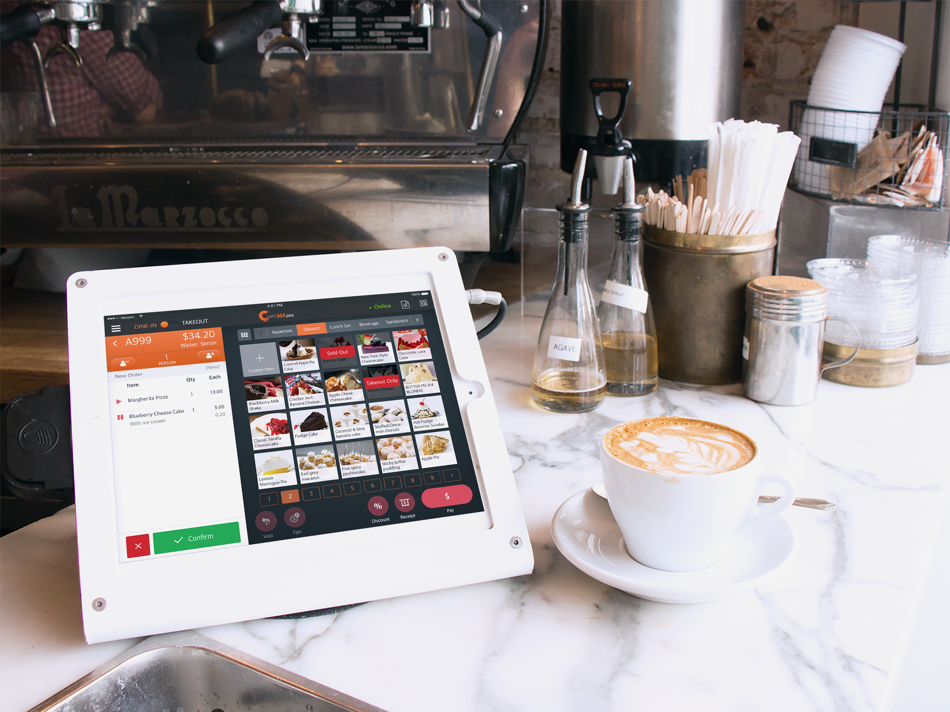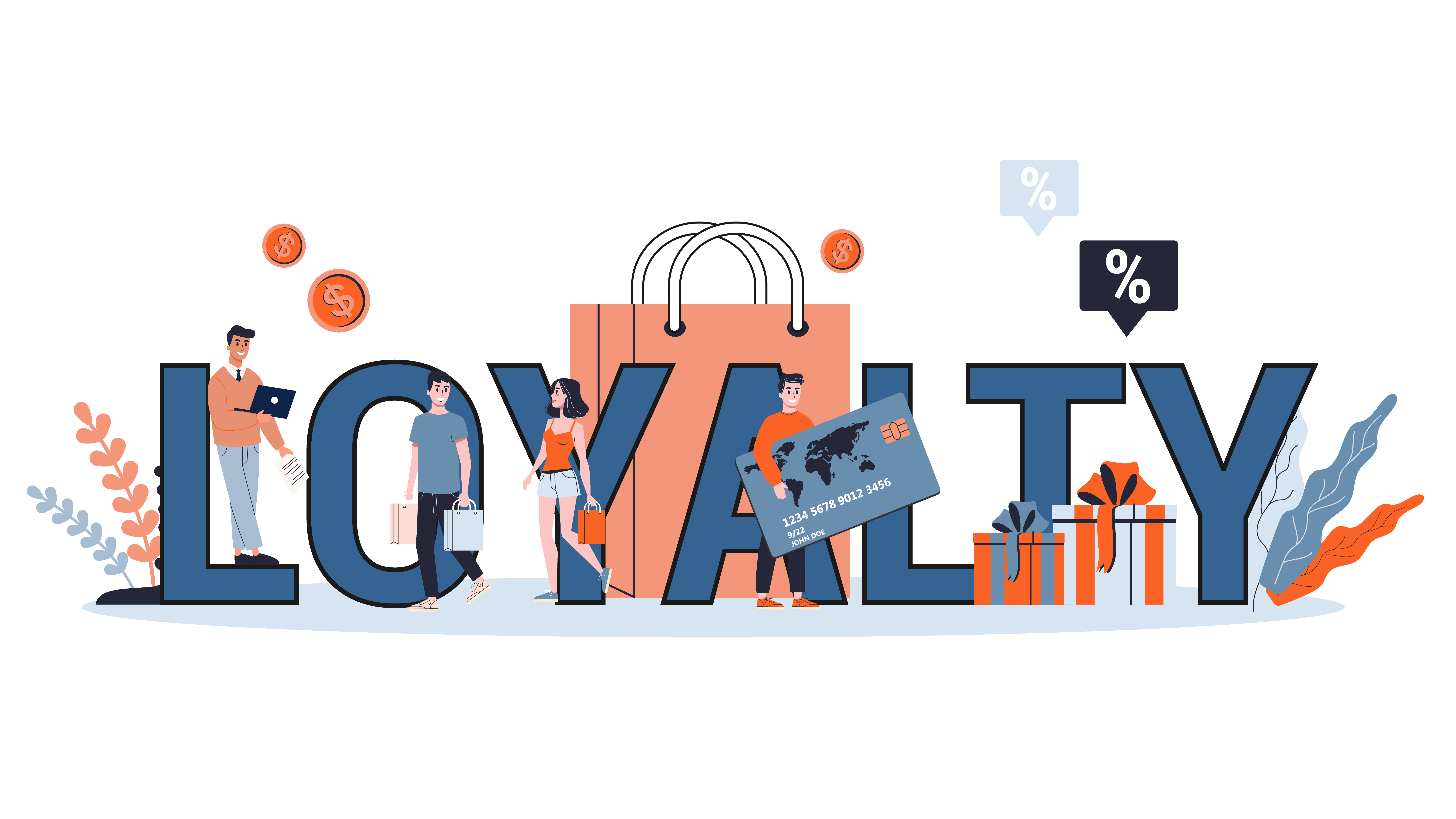What Is CRM and Why Is It Crucial to All 2020 F&B Businesses?
Learn about different types of CRM and all their benefits easily in one place

Contents
What is CRM?
CRM, or customer relationship management, is the ability for a business to connect meaningfully with its customers in a way that boosts perceived value and attracts repeat business. CRM is the backbone of many sales models as without customers, a business is doomed to failure. Yet, there are still many restaurants, bars and other F&B businesses that underutilize CRM to the fullest. In this article, we will break down the different types of CRM your business can employ, what the benefits are and how you can implement better CRM in your business.

Different Types of CRM:
For a simplified version of all the CRM information below, you can get a free CRM infographic here.
1. Strategic CRM
Strategic CRM is all about understanding the customer and putting them first. By learning about customer habits and studying market trends, the products your business offers to customers can be developed to perfectly suit their tastes. Knowing the buying behaviour of customers, for example, is of paramount importance so that you are able to change and modify your menus to offer items with high appeal and relevance.
2. Operational CRM
Operational CRM focuses on customer-based business processes that your restaurant should be conducting. These business processes are broken down into the categories of marketing, selling and service. Within these categories lie such processes like contact management, accounting, marketing, promotion campaigns and customer service. If done correctly, operational CRM can spread brand awareness while guaranteeing quality service.
3. Analytical CRM
Analytical CRM, as its name suggests, involves using as much data as possible to make informed decisions pertaining to the customer. Your business should already be compiling a database on the most important statistics regarding customer habits. For example, you should be looking at sales history (what products did customers buy the most of during a period of time), marketing data (how well did previous campaigns, deals and offerings do) and member data (individual member customers' purchase history and frequency of visiting). Analyzing all this data can yield important insights into customer behavior that can then lead to better product penetration, sales, customer retention and even customer acquisition.

What Tools Can You Use to Enhance Your Business' CRM?
In order to implement CRM most effectively in your business, you need the right tools to gather data and help you analyse that data. Owning a POS system with built-in CRM tools is of the utmost importance to enhance any F&B business' CRM effectiveness. Not only will a POS with built-in CRM do the bulk of the work for you, but it can even offer useful features and techniques to implement CRM, which we will discuss next.

What Techniques Can You Use to Implement CRM in Your Business?
Membership
To gain the relevant customer information to implement many of the below techniques, you need to create some sort of membership program, or way for you to know which customers are consistently ordering from your business. This requires a customer to offer you information like their name, email address and their phone number, if they are so inclined.
Discounts
Enticing customers to part with data can be tricky, but offering them something of value in return will yield much more positive results than just outright asking. For example, asking customers if they would like to become a member where they can receive special discounts will definitely seem like a fair trade-off to many. Furthermore, receiving said discounts will also increase a feeling of fairness and value associated with your business, encouraging repeat visits.
Keep up with customer trends
Once you have built up a solid database of members with the help of your POS system, you should ensure staff log members in each time they visit. You will then be able to gain data of how frequently they visit, what they order, what their usual spending amount is and more. Using all this data, you will be able to notice trends over time. For example, does demand for hot soups in the winter increase? Do you see a surge in cold dessert orders in the summer? Take note of these trends and use them to your advantage.
Targeted Marketing
With information about your customer base and an understanding of customer trends, you can begin to use targeted marketing to your advantage. Segment your members into groups based on certain criteria so that you can begin sending targeted emails to them with relevant offers and discounts. For example, if there are customers who love ordering new menu items, send them emails with all the new offers that are upcoming to get them excited. If you have customers who respond well to deals, send them emails with "secret member deals" that they can use when they next visit.
Reward Programs
Your POS may even offer the ability to implement reward programs that your customers can take part in. Reward programs can be similar to membership, but also offer the ability to add tiers. A tiered loyalty program is used by large corporations like Starbucks to encourage customers to spend more so that they can get into the next tier and receive better rewards. Using a rewards card to pay for food and drinks can also be a great way for customers to spend more at your business. Offering special perks like a free meal or drink on birthdays can also aid in boosting brand loyalty.